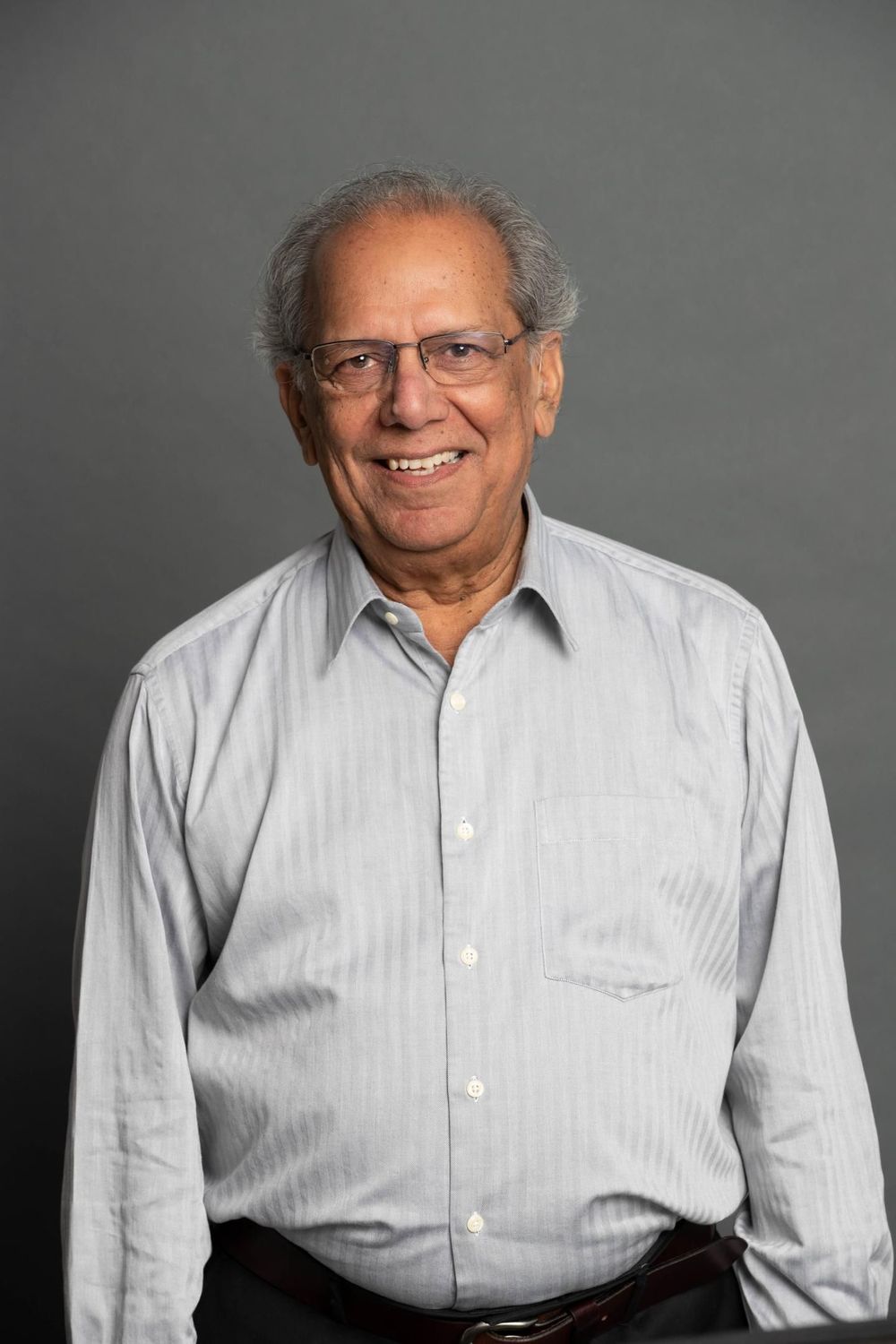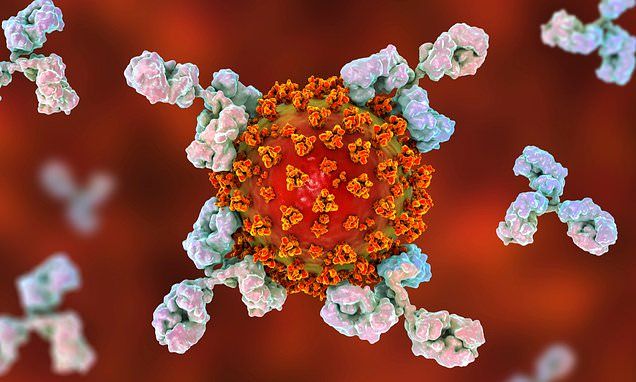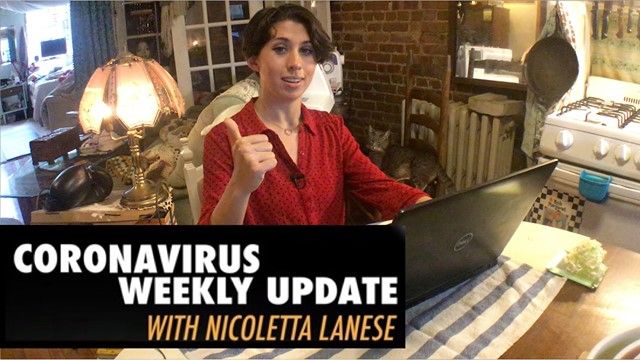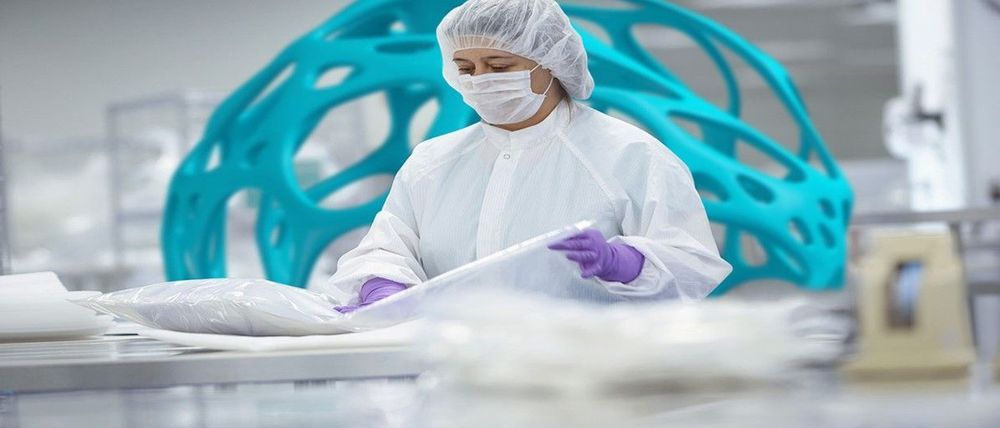A new set of recommendations for health care workers on the front lines, to help them make decisions on how to treat the most critical COVID-19 patients, those with severe lung or heart failure, has been published.



The breakthrough, which identified the location and function of every human gene, offered the promise of medical care tailored specifically to individual patients, based on their personal genetic makeup.
When researchers identified a gene associated with a 44 per cent risk of breast cancer in women, for example, it seemed that protecting them might be as simple as deactivating that gene.
But the promise of such personalized medicine has not fully materialized, say two McMaster researchers, because the full sophistication of the genetic blueprint has a more complex and far-reaching influence on human health than scientists had first realized.

Antibody found to block infection by the novel coronavirus SARS-CoV-2 in cells.
The ‘47D11’ antibody targets the ‘spike protein’ of the destructive coronavirus.
It could alter the ‘course of infection’ or protect an uninfected person exposed.
Here’s how to help people impacted by Covid-19.
Scientists say they’ve discovered an antibody that blocks infection by SARS-CoV-2, the coronavirus behind the current global health crisis.
The antibody, known as 47D11, targets the deadly virus’s infamous ‘spike protein’, which it uses to hook onto cells and insert its genetic material.
Tests in mice cells showed that 47D11 binds to this protein and prevents it from hooking on – effectively neutralising it.

The debate is focused on a subset of gain-of-function studies that manipulate deadly viruses to increase their transmissibility or virulence. “This is what happens to viruses in the wild”, explains Carrie Wolinetz, head of the NIH Office of Science Policy. “Gain-of-function experiments allow us to understand how pandemic viruses evolve, so that we can make predictions, develop countermeasures, and do disease surveillance”. Although none of the widely publicised mishaps of 2014 involved such work, the NIH decided to suspend funding for gain-of-function studies involving influenza, MERS-CoV, and SARS-CoV.
The US moratorium on gain-of-function experiments has been rescinded, but scientists are split over the benefits—and risks—of such studies. Talha Burki reports.
On Dec 19, 2017, the US National Institutes of Health (NIH) announced that they would resume funding gain-of-function experiments involving influenza, Middle East respiratory syndrome coronavirus, and severe acute respiratory syndrome coronavirus. A moratorium had been in place since October, 2014. At the time, the NIH had stated that the moratorium “will be effective until a robust and broad deliberative process is completed that results in the adoption of a new US Government gain-of-function research policy”. This process has now concluded. It was spearheaded by the National Science Advisory Board for Biosecurity (NSABB) and led to the development of a new framework for assessing funding decisions for research involving pathogens with enhanced pandemic potential. The release of the framework by the Department of Health and Human Services (HHS), of which NIH is part, signalled the end of the funding pause.
The situation has its roots in 2011, when the NSABB suppressed two studies involving H5N1 viruses that had been modified to allow airborne transmission from ferret to ferret. They worried that malign actors could replicate the work to deliberately cause an outbreak in human beings. After much debate, the studies were published in full in 2012. HHS subsequently issued guidelines for funding decisions on experiments likely to result in highly pathogenic H5N1 viruses transmissible from mammal to mammal via respiratory droplets. The guidelines were later expanded to include H7N9 viruses.

Maria became the very first COVID-19 patient to use Stem Cell Neurotherapy for COVID-19. In about 5 days, she will began to feel the healing effects of generating new lung cells which will eliminate her breathing problems.
We repurposed some tools from the Stem Cell Therapy for Cancer/Brain Tumor. Those tools are T-Cells, B-Cells, and Natural Killer Cells. Instead of programming those cancer killing cells to attack cancer cells, we have programmed them to seek out, identify, attack, and destroy all the Coronavirus cells in the entire body.
Stem Cell Neurotherapy sends therapeutic messages, e.g., “your stem cells are transforming into new cells for the lungs, liver, and kidneys” to the DNA inside the nucleus of stem cells. Inside the nucleus, the DNA receives the message and transmits it to the RNA, which translates the message into genetic code.
The genes inside the stem cells transmit the coded message to the proteins, which are converted by the mitochondria into ATP, which provides the energy for the coded message to transform the stem cells into a new set of lung cells, as well as new cells for the kidneys and liver.
These new cells in the lungs, kidneys, and liver will replace the cells that were infected by the COVID-19 virus. This results in the elimination of the coughing, fever, headaches, diarrhea, and breathing problems.
I’m reaching out with great humility, like a great many people are these days, to see if anyone has it within their means to help me directly or indirectly. As an artist, teaching in the New York City school system mostly working children in ESL and Special Needs, my work is seasonal and I am an independent contractor. This means no benefits even after close to 10 years in the same “job”, and from a complicated financial situation with my husband, neither of us has health insurance, everything is out of pocket for us. I’m not eligible for unemployment due to being a contractor. My gigs for this semester totaling almost $5000 for NYC schools just evaporated in the blink of an eye, but would have covered the cost my everyday healthcare/rent/etc until September. Things like medicines and supplements, healthy food that help control my Essential Tremor(neurological disease) and anxiety and vision care that allow me to function as an artist and make a meager living will be eliminated if we want to keep a roof over our heads. And now due to restrictions in NYC, my husband could be out of work by tomorrow(also contract work with no-unemployment benefits). If you can donate even the smallest token it would be of great help. Any amount would help me to weather the next several months of the NYC lockdown. If you feel strange donating cash, please take a look at the reproductions of my art, or maybe even buy a gift card for someone that might like my art here: opticvoid.com


The first study on vitamin D and COVID-19 was released as a preprint on April 23, and a second study was released as a preprint on April 26. Here’s what we can learn from the second study. The first study, which I reported on a few days ago, focused on disease severity, while the second one, which I’m reporting on here, focused on mortality.
The Results
The electronic health records of 780 laboratory-confirmed COVID-19 cases from the government hospitals of Indonesia between March 2 and April 24 was searched for data on vitamin D status prior to admission, age, sex, preexisting conditions, and mortality. Vitamin D status was classified as normal (≥30 ng/mL), insufficient (21−29 ng/mL), or deficient (≤20 ng/mL).

We are going over the latest news, as well as any breakthrough findings on the virus. In today’s updates, we’ll discuss Remdesivir, elevated risk of severe infection in men, COVID toes, UK vaccine trial as well as answer your questions from the comments below.
Numbers update
:04 Remdesivir
:10 Gender differences with COVID-19
:14 Covid Toes
:16 Rare inflammatory syndrome in children.
:18 UK Vaccine trial
:19 Pete the Cat
:20 How Are people carriers without symptoms?
:25 Could COVID-19 vaccine lead to common cold vaccine?
:27 How to clean groceries after shopping?
:29 Do postmenopausal women suffer infections as bad as men?
:32 How are people in the hospital being treated for COVID-19?
:34 How successful is plasma therapy?
:36 How is COVID-19 data being collected?
:39 Can you get reinfected after recovering from the virus?
:42 How long does immunity last (if immune at all)?
:45 Can the virus enter the body thru the eyes/ears.

MilliporeSigma and The Jenner Institute report that the Institute has begun preparations for the large-scale production of its COVID-19 vaccine candidate, ChAdOx1 nCoV-19. With patients enrolled for clinical trials for this vaccine, rapid development of the large-scale manufacturing process is a critical step in quickly and safely delivering it from the lab to patients, according to Udit Batra, CEO, MilliporeSigma.
“We have brought the future of vaccine manufacturing to the present,” said Batra. “This is an important step in treating COVID-19 and other diseases that impact global public health. This work marks a milestone in the vaccine manufacturing development journey, as clinical testing continues to advance.”
Tapping into MilliporeSigma’s previous work provided a head start for plans to scale up the manufacture of Jenner’s COVID-19 vaccine candidate, added Batra. Developing the manufacturing process itself would normally take at least six months to a year, but in just two months’ time, MilliporeSigma supported the Jenner team and their collaborators to evaluate the existing manufacturing platform for use with the new vaccine candidate, and improved critical process steps, he continued.

The study of both fermented and non-fermented soy products was based on the results of research carried out on approximately 90,000 men and women between the ages of 45 and 74 over a period of 15 years. The team calculated intake quantities for all soy products and fermented products only through a dietary survey and examined the relationship with mortality in five similarly sized groups.
Findings from a scientific study help support the long-held belief that fermented soy products like nattō are good for one’s health.